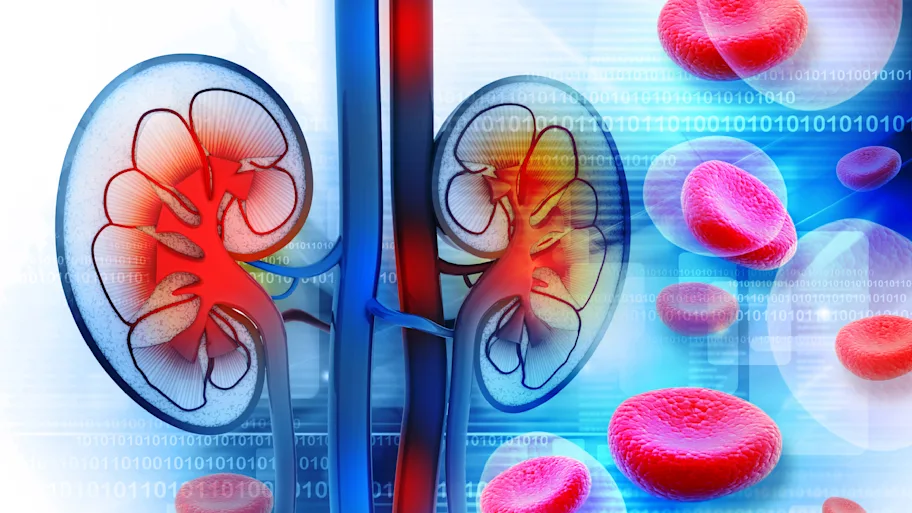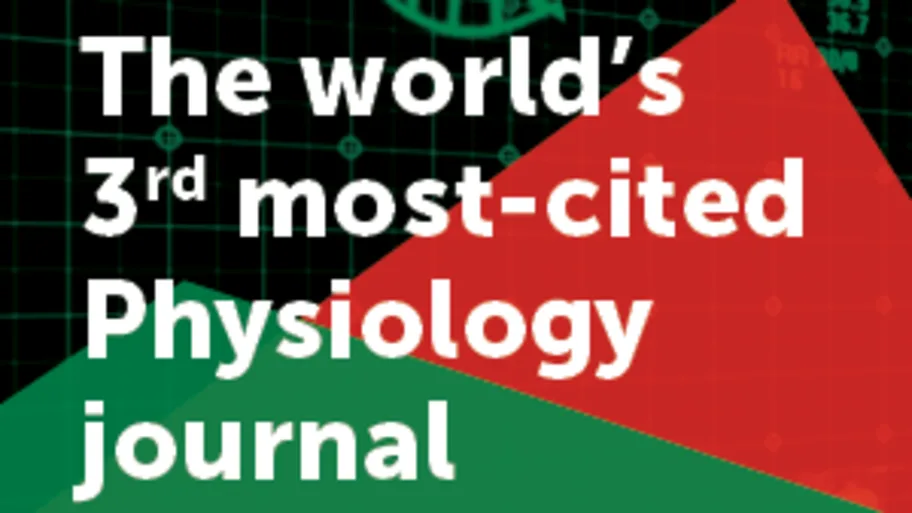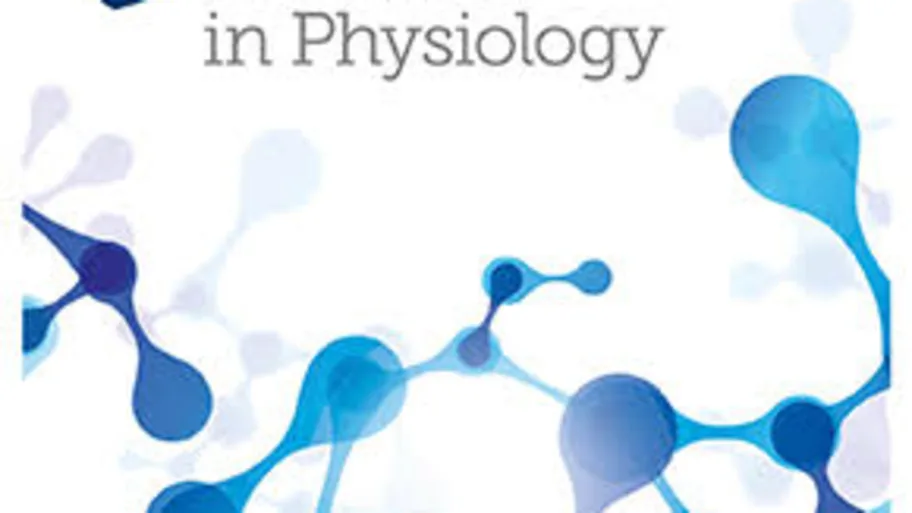
- Science News
- Frontiers news
- Frontiers in Physiology Top 25 cited papers published in 2014
Frontiers in Physiology Top 25 cited papers published in 2014

by George Billman
As Editor-in-Chief, it is with great pleasure that I provide this summary of the impact of Frontiers in Physiology.
Since April 2010, our journal has published more than 2200 papers (over 400 in 2015) that have been viewed (full article) and downloaded nearly four million times.
As many of you may know, Frontiers in Physiology received its Impact factor from Thomson-Reuters’ Science Citation Index (Web of Science) last July (1st impact factor 3.5). As of April 30, 2016, these articles have been cited 12,728 times or 5.51 per paper!
Using data available at Scopus, and the Web of Science, the following were the top 25 most cited articles published in 2014:
Impact of vitamin D on immune function: lessons learned from genome-wide analysis. R. F. Chun et al., 2014 (37 citations)
Primitive and definitive erythropoiesis in mammals. J. Palis et al., 2014 (33 citations)
Role of tumor associated macrophages in tumor angiogenesis and lymphangiogenesis. V. Riabov et al., 2014 (31 citations)
Vitamin D: a critical and essential micronutrient for human health. I. Bendik et al. (26 citations)
The CXCL12/CXCR4 chemokine ligand/receptor axis in cardiovascular disease. Y. Doering et al. (26 citations).
Vitamin D and the epigenome. I. S. Fetahu et al. (26 citations)
Reactive oxygen species and redox compartmentalization. N. Kaludercic et al. article 285 (24 citations)
Mitochondria, endothelial cell function, and vascular diseases. X. Tang et al (24 citations)
The role IL-1 in tumor-mediated angiogenesis. E. Voronov et al (24 citations)
Atrial fibrillation and microRNAs. G. Santulli et al. (24 citations)
Monitoring training status with HR measures: do all roads lead to Rome? M. Buchheit et al. (23 citations)
Vitamin D in inflammatory diseases. T. K. Wӧbke et al. article 244 (22 citations)
Skeletal muscle wasting with disuse atrophy is multi-dimensional: the response and interaction of myonuclei, satellite cells and signaling pathways. N. E. Brook et al. (22 citations)
Evidence linking oxidative stress, mitochondrial dysfunction, and inflammation in the brain of individuals with autism. D. A. Rossignay et al. article 150 (22 citations) 7
Molecular and cell-based therapies for muscle degenerations: a road under construction. E. Berardi et al. (21 citations)-
Mitochondrial and cellular mechanisms for managing lipid excess. M. A. Aon et al., (20 citations)
Genome-wide (over)view on the actions of vitamin D. C. Carlberg et al. (20 citations)
Of macrophages and red blood cells; a complex love story. D. Z. de Back et al. (20 citations)
The pannexins: past and present. S. R Bond & C. C. Naus (19 citations)
Hemichannels: new roles in astroglial function. J. A. Orellana et al. (18 citations)
Red blood cell oxidative stress impairs oxygen delivery and induces red blood cell aging. J. G. Mohanty et al., (18 citations)
Unraveling the mysteries of serum albumin—more than just a serum protein. A. M. Merot et al., (17 citations)
Metabolism leaves its mark on the powerhouse: recent progress in post-translational modifications of lysine in mitochondria. K. N. Papanicolaou et al., (16 citations)
Mega roles of microRNAs in regulation of skeletal muscle health and disease. M. Sharma et al., (16 citations)
Muscle hypertrophy is associated with increases in proteasome activity that is independent of MuRF1 and MAFbx expression. L. M. Baeher et al., (15 citations)






